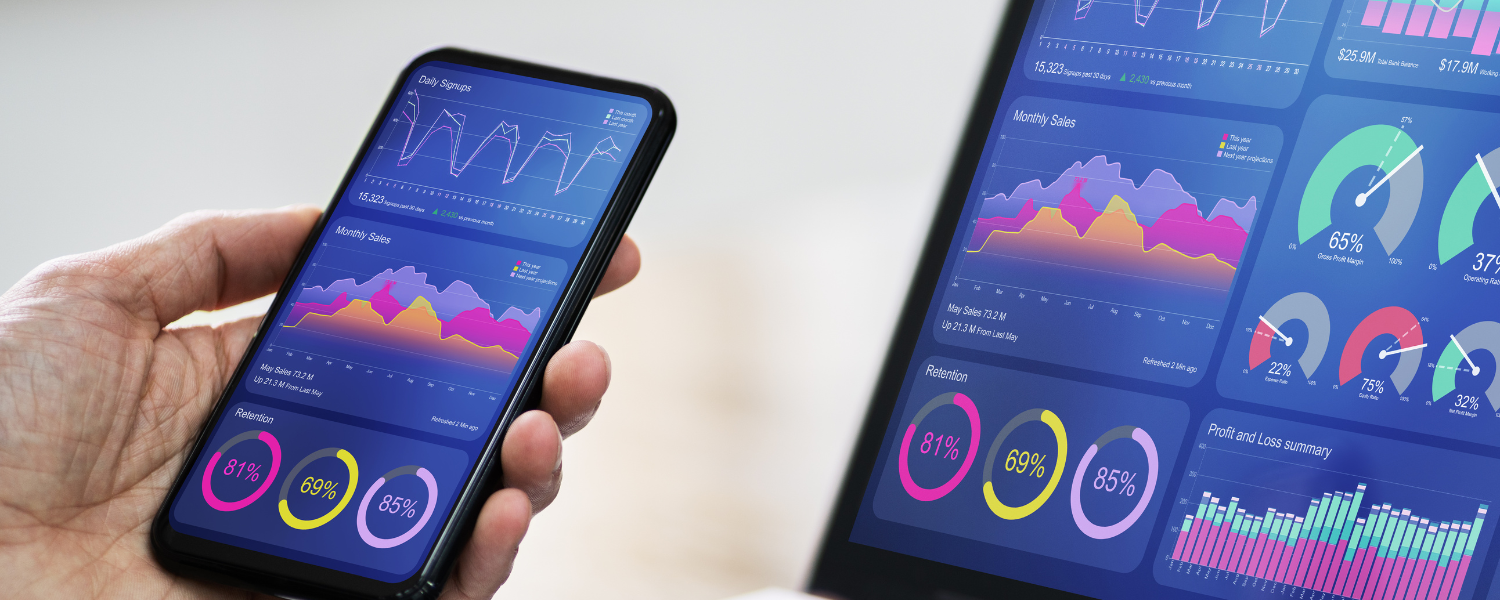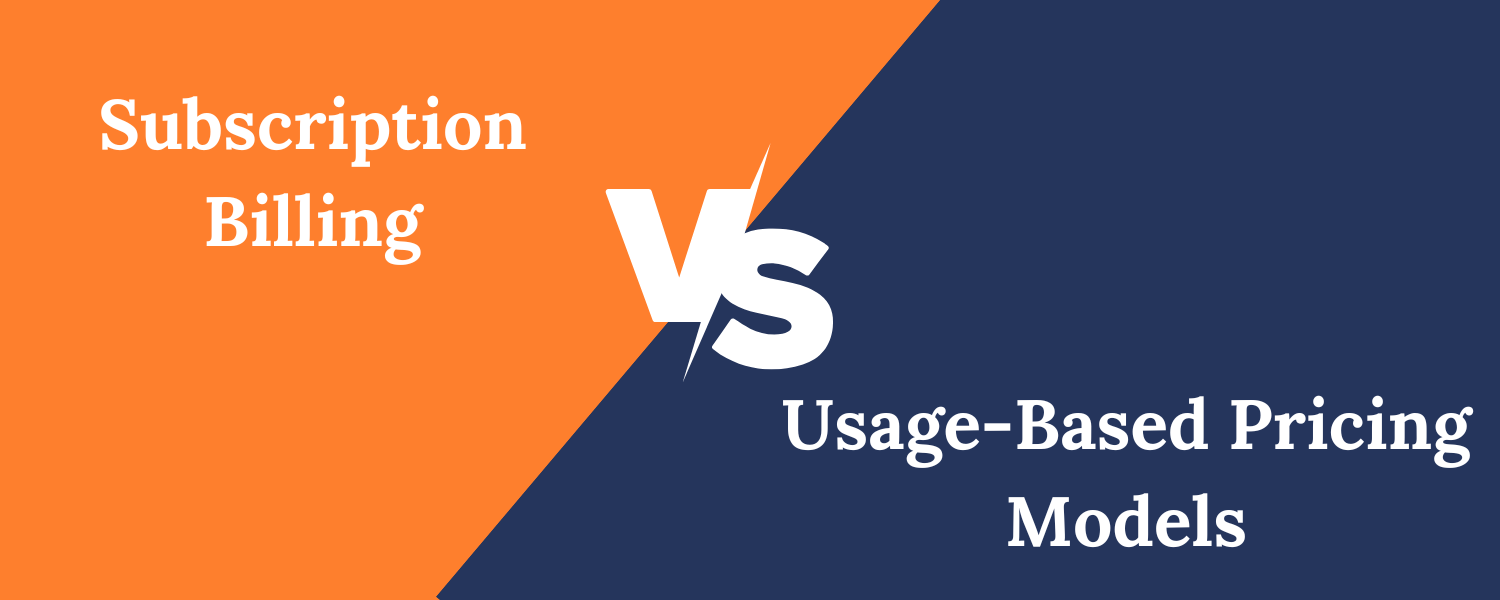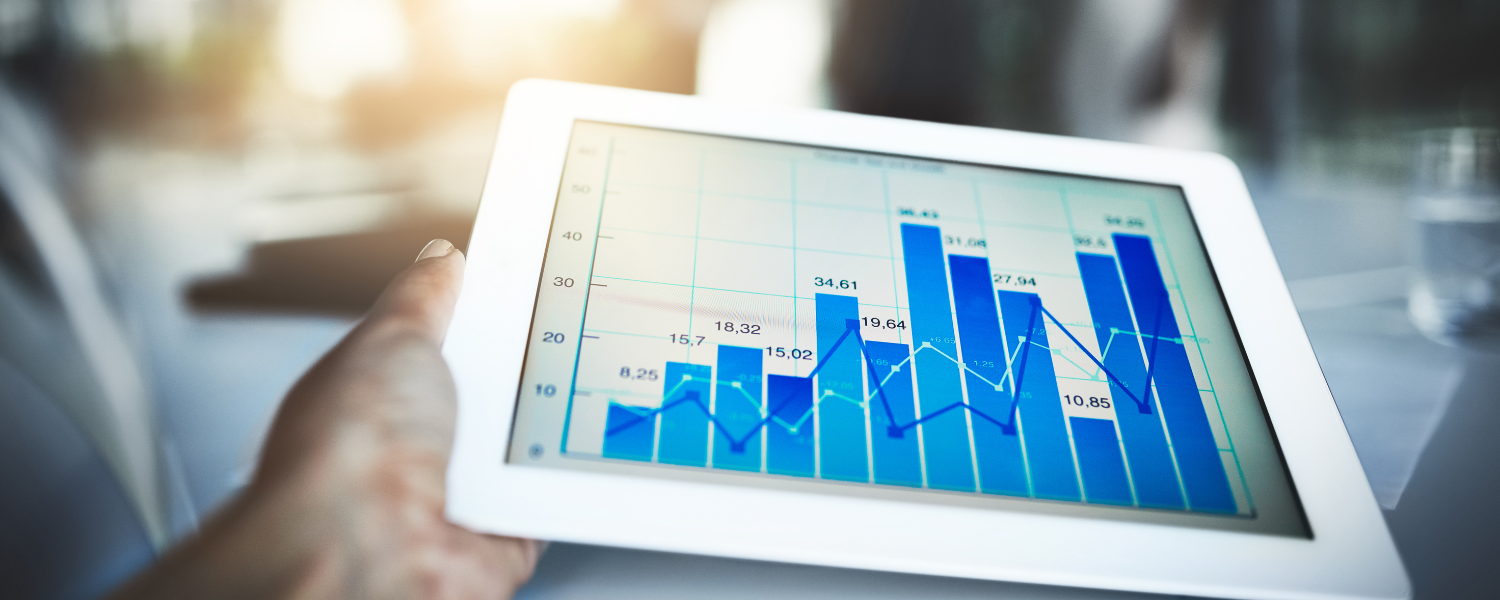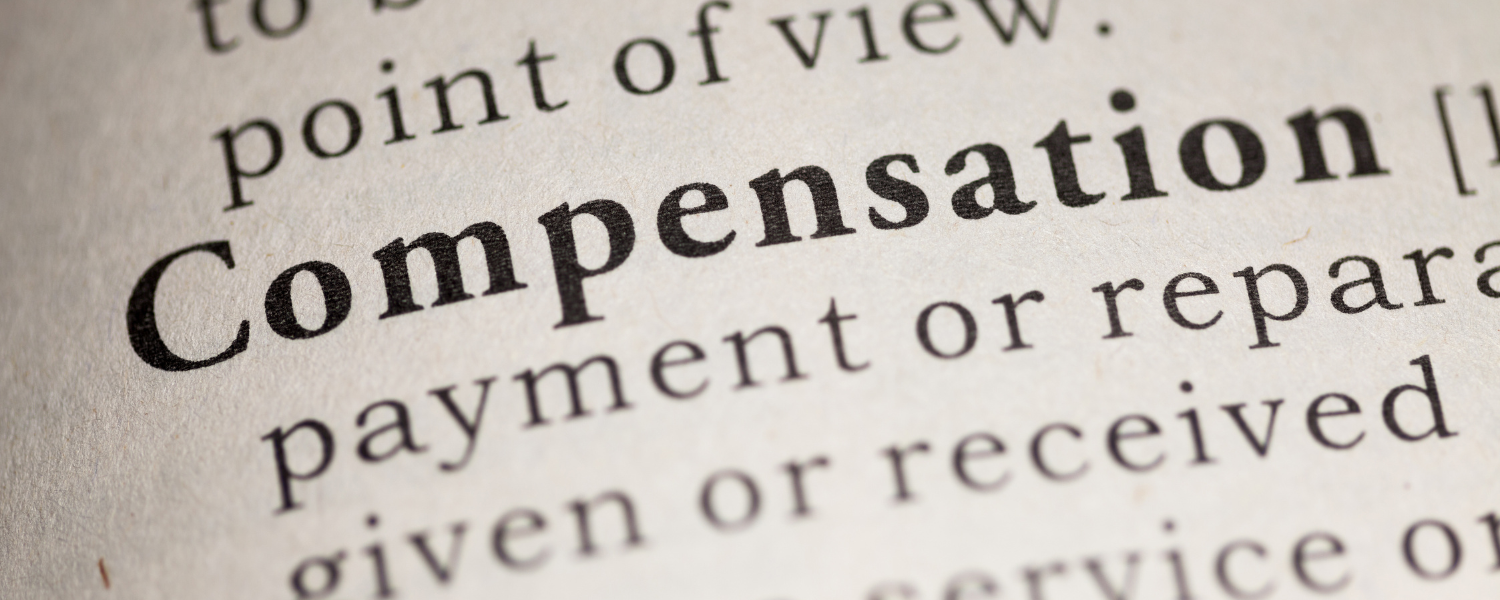Based on the type of product or service you offer your customers, the pricing models you use, and their efficiency, can also vary. It is important to perform all the essential measures required in order to plan and implement a foolproof billing and pricing model for your firm.
The two most famous pricing models for billing are subscription-based billing and usage-based pricing models. In this article, we will explore the usage-based pricing model in detail and draw out its comparisons with the subscription-based pricing model.
What Is Usage-Based Pricing?

In the month when you use the product less, you pay less whereas when you use it more, you must pay more accordingly. For example, the pay-as-you-go mobile plans that were used by most telecom providers, charged the customer based on the number and the length of calls and SMS they made by deducting this from the prepaid amount.
Also, electricity bills can be used as an example where people must pay for the electricity they’ve used in the respective month. Even though this was popular amongst vital everyday products such as telecoms and utilities, the usage-based pricing model is now more commonly used in software companies or for billing IT products.
Advantages Of Usage-Based Pricing

1. Cost-effective Solution

This comes out as a loss for the business, but if they were using a usage-based model, the customers have to pay according to the services they have used, and thus, there is no monetary losses being made.
2. Build Customer Loyalty

They even have the flexibility to increase or decrease their consumption according to their monthly budget. Also, for any months they cannot use the service, it’s not mandatory for them to pay for it.
This flexibility that the usage-based service provides to the customer helps them save money and become a loyal customer of the service. When the customers are happy, businesses profit.
3. Mutually Beneficial Relationship

This benefits the customers as they’re always receiving a great quality product or service because it is constantly being updated. Also, the overall image of the brand and its liability increases as the quality of the product increases, which automatically enhances profits.
4. Wider Customer Base

Other Benefits Include-
● Reduced capital cost in a start-up
● Less waste and over-provisioning of products
● Incentivized vendor support
● Lower ecological impact
● Less risk in a start-up
● Consolidated billing
● Faster scaling of resources
● Easy and simple system design.
Downsides of Usage-Based Pricing
We’ve detailed the advantages of using the usage-based pricing model. However, there are some downsides to this model too, which can be explored below:
1. A Less Predictable Revenue 
While you might receive a peak of revenue in some months, the other months you could witness a dip in revenue also. There are multiple factors that influence your business and customer usage, but not all of them can be forecasted. If your business is okay with this element, only then you must shift to this model.
2. The model can be confusing for the customers 
They are unable to understand the pricing model which might restrain them from purchasing your services in the first place or using more with the fear of being overcharged. Here, you need to spend a lot of investment and manpower in customer support and the sales team to ensure that the customers understand the pricing and the product.
3. Difficult For Businesses To Set The Prices 
Now, the problem lies in deciding upon these metrics and analyzing their efficiency to ensure that the revenue accumulated is profitable for the business.
Some Other Disadvantages Include –
● It comes out to be more costly than self-built systems sometimes.
● Rigid pricing
● Vendor lock-in
● The customers cannot say anything about the service quality of the vendor.
● Customers or build for the wasted activity too.
The Difference: Subscription Billing vs Usage-Based Pricing Models

1. A subscription pricing model asks a customer to pay a fixed, recurring monthly fee in advance of purchasing or using a product or service.
With a usage-based pricing model, however, the customer will only pay for the products and services they’ve used at the end of the month.
2.The cost of the services is fixed every month in the subscription pricing model, while it varies in the usage-based pricing model, depending upon the consumption of the service or the product by the user.
3. In a subscription-based model, the company often decides the recurring fee to be paid every month based on the license cost multiplied by the business's number of units needed in a year.
On the contrary, the fee to be paid by the customer in a usage-based pricing model is devised through a key metric that identifies the usage of the customer and its price in a way that brings profit to the company.
4. It is easy for the company to forecast the total revenue that it will be received at the end of a month when they use a subscription-based model. This is because the subscribers must pay the same value whether they use the product less or more.
On the other hand, it is difficult to predict the revenue in the usage-based pricing model, as it solely depends upon the preferences and conditions of the user.
5. The usage-based model is flexible, allowing the customer to use the services according to their budget. On the other hand, the subscription-based model is rigid, where the customer must pay a fixed fee whether they use the services up to the mark or not.
Who Is Usage-Based Pricing Best For?
According to us, some types of services can benefit more from usage-based pricing compared to other types. Some of the examples are mentioned below.
1. Scalable Services 
As a result, the customer base is broad, and higher customer loyalty is achieved. Consequently, the growth in revenue of the company also increases, so businesses which intend to scale and increase their customer base must go with the usage-based services.
2. Bulk Services 
This can be something like food, electricity, telephone, etc. This will ensure that you receive hefty amounts of revenue every month because no factor can stop the customers from using your services.
3.Seasonal Services 
If you are sure that your services will be helpful to the customers only in a particular season, occasion, or time of the year, you must give them the benefit of paying only for the usage ad not the times of year they will not be using your product or service.
Things To Consider Before Choosing Usage-Based Pricing
Shifting to a usage-based pricing model is not an easy task. It involves a whole set of tasks and goals you should aim to achieve. The most important of these are highlighted below.
1. Choosing The Right Metric 
The metric should justify the customer's usage and provide you with a considerable amount of revenue. Before making the final choice, you must track multiple metrics and understand their patterns. The most famous matrix in this regard are -transactions, projects, messages, API calls, records, integrations, contracts, automation, etc.
2. Finding Suitable Systems 
Therefore, you need to choose a correct billing system for your business that can align the product usage with the final amount, keeping in mind the complexity of the pricing plan.
3. Revenue Forecasting 
4. Investing In Customer Success 
5. Restructuring The Organization 
And this staff will need to work with the customers along their journey, helping them get attracted to your service, understand the pricing model, and solve the queries that arise.
6. Revenue Recognition For Services 
However, if the upfront implementation services are done, sometimes it becomes difficult to understand the revenue and relate it with the period it was generated in. Therefore, you must consult a specialized accountant before rolling out your UBP model.
7. Altering Sales Compensation 
Generally, they can pay the salesperson based on a fixed period of customer billings or at the initial closing of the customer.
8.Cash Flow Hits 
Final Words
The usage-based pricing model can be successful for your business only if it suits your business type. It must also be implemented accurately to get the best results, as it comes with its own set of disadvantages, which can be mitigated with the correct policies in hand.
Making a shift towards a usage-based pricing model could be an essential step that takes up a lot of time and consideration to yield the most effective results. However, if implemented correctly, it can take the business to the next level in terms of customer acquisition and revenue growth.
With Billsby, you can introduce a hybrid of subscription and usage-based billing to your business. Our dedicated support team, and detailed documentation can have you up and running within a matter of hours, so why not give us a try today!

